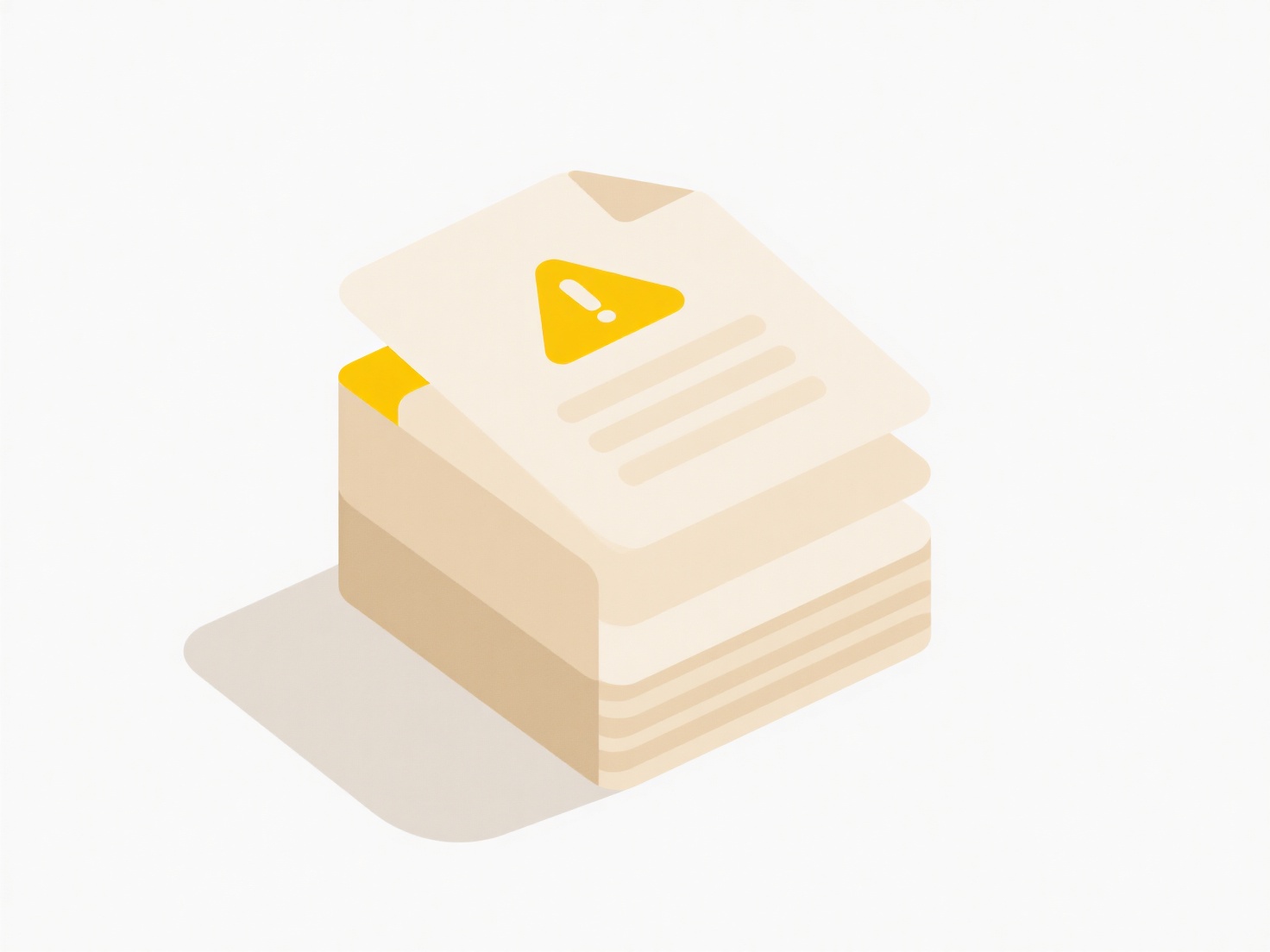
Real-time folder monitoring for duplicate detection involves specialized software that automatically scans a designated folder the moment files are added or modified. Instead of requiring manual scans, these tools continuously watch the file system for changes. Upon detecting a new file, they instantly compare it against existing files within the folder, or predefined criteria, to identify duplicates based on content (like checksums) or attributes (like filename and size).

This capability is particularly useful in scenarios involving large volumes of frequently updated files. For instance, photographers or graphic designers can use applications like Duplicate File Finder Plus or specialized scripts to monitor their 'Downloads' or 'Incoming Projects' folder, preventing accidental duplicate image backups from clogging their workspace. Similarly, in software development teams, monitoring shared code repositories can alert developers if duplicate configuration files are inadvertently committed via integrations with IDEs or Git hooks.
The main advantage is immediate action, saving time and disk space proactively. However, continuous scanning can consume significant system resources, potentially impacting performance on slower machines or large folders. Ethically, users must ensure they have permission to scan monitored folders, especially shared or network locations. As storage grows, expect tighter OS integration and cloud-based monitoring services, making this technology more accessible and efficient for managing data sprawl.
Can I monitor a folder to detect new duplicates in real time?
Real-time folder monitoring for duplicate detection involves specialized software that automatically scans a designated folder the moment files are added or modified. Instead of requiring manual scans, these tools continuously watch the file system for changes. Upon detecting a new file, they instantly compare it against existing files within the folder, or predefined criteria, to identify duplicates based on content (like checksums) or attributes (like filename and size).

This capability is particularly useful in scenarios involving large volumes of frequently updated files. For instance, photographers or graphic designers can use applications like Duplicate File Finder Plus or specialized scripts to monitor their 'Downloads' or 'Incoming Projects' folder, preventing accidental duplicate image backups from clogging their workspace. Similarly, in software development teams, monitoring shared code repositories can alert developers if duplicate configuration files are inadvertently committed via integrations with IDEs or Git hooks.
The main advantage is immediate action, saving time and disk space proactively. However, continuous scanning can consume significant system resources, potentially impacting performance on slower machines or large folders. Ethically, users must ensure they have permission to scan monitored folders, especially shared or network locations. As storage grows, expect tighter OS integration and cloud-based monitoring services, making this technology more accessible and efficient for managing data sprawl.
Related Recommendations
Quick Article Links
How does Windows handle file name conflicts?
Windows resolves file name conflicts when copying or moving files to a destination folder containing files with identica...
How do I export from AutoCAD or Revit?
Exporting data from AutoCAD or Revit involves saving or converting your design files into different formats. AutoCAD exp...
Why do PDF files open in the browser instead of the app?
Opening PDF files directly in browsers occurs because modern web browsers have built-in PDF viewers, treating PDFs like ...